ID Victorian ingrain carpet?
jlc102482
10 years ago
Related Stories
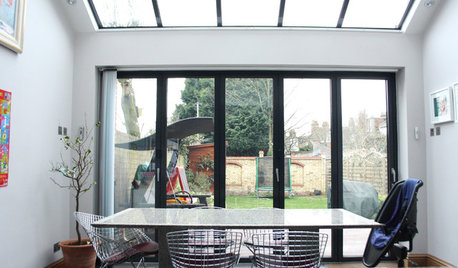
HOUZZ TOURSMy Houzz: Lighthearted Brightness for a British Victorian
Gray London days are no match for the skylights, light finishes and upbeat charm of this renovated family home
Full Story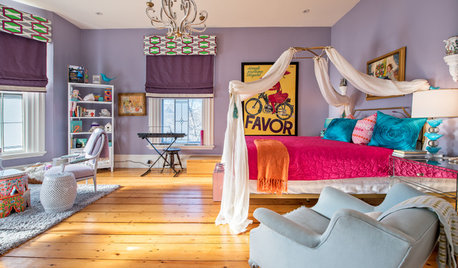
TRADITIONAL HOMESMy Houzz: Revitalized 1857 Seaside Victorian in New England
Returning American expatriates eager to get settled transform a worn, dated space into a glamorous family home
Full Story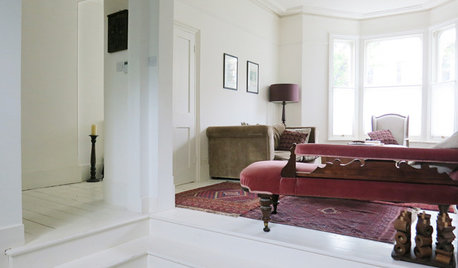
ARCHITECTUREVictorian Details Make Their Way in Modern Life
What makes a Victorian house Victorian? Take a tour of the architectural features and decorative details characteristic of the era
Full Story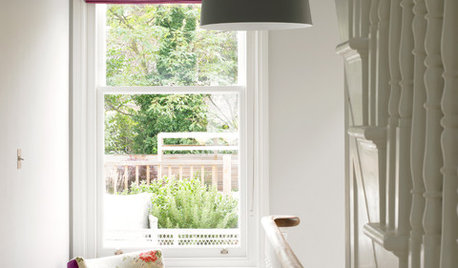
VICTORIAN DESIGNHow to Gently Bring a Victorian Home Into the 21st Century
Bring your Victorian home up-to-date while still celebrating its original details with these stylish but sensitive ideas
Full Story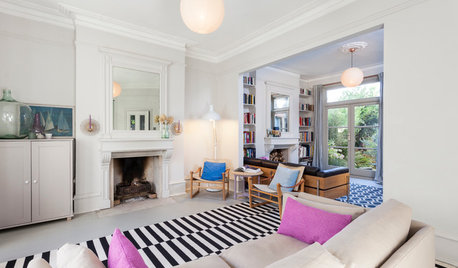
DECORATING GUIDESMy Houzz: Light Emerges in a Dark Victorian House
A designer freshens up her family’s period home by opening rooms to sunlight and decorating it in light, bright colors
Full Story
DECORATING GUIDESHouzz Tour: Victorian With a Modern Outlook
Layering in furnishings from style eras up to the present gives a period home’s decor a collected-over-time look
Full Story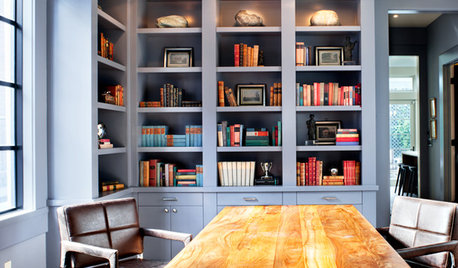
ECLECTIC HOMESHouzz Tour: Run-Down Victorian Gets a Manhattan-Style Makeover
A pre-earthquake Victorian in San Francisco is revitalized with a mix of modern and classic design and a healthy dose of NYC glam
Full Story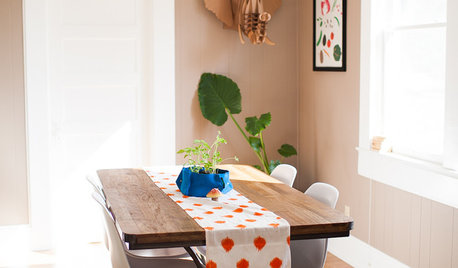
HOUZZ TOURSMy Houzz: Colorful Victorian in San Luis Obispo
A newlywed couple in Southern California mixes new with old, letting their love and creativity bloom in a Victorian rental
Full Story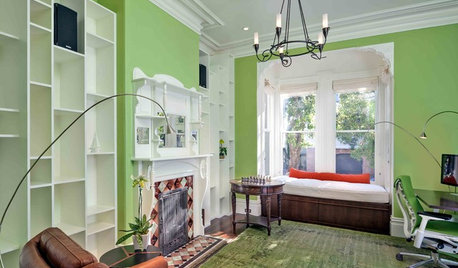
COLORHouzz Tour: A Colorful Victorian Gets a Through Line
Color, repetition and a 52-foot-long runner unify the rooms in this newly redecorated San Francisco home
Full Story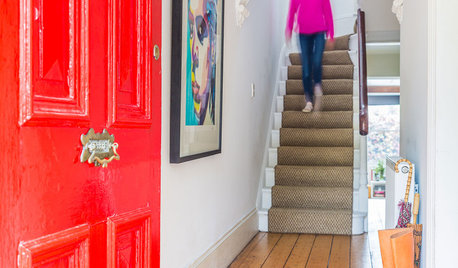
DECORATING GUIDESHouzz Tour: Bright Hues Energize a Light-Filled Victorian
A vintage home gets dressed to impress with pops of color and eye-catching modern artwork
Full Story





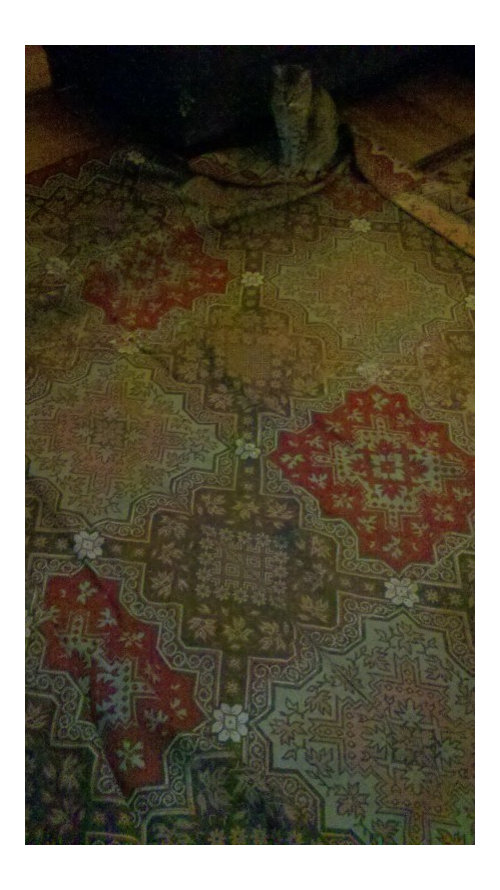
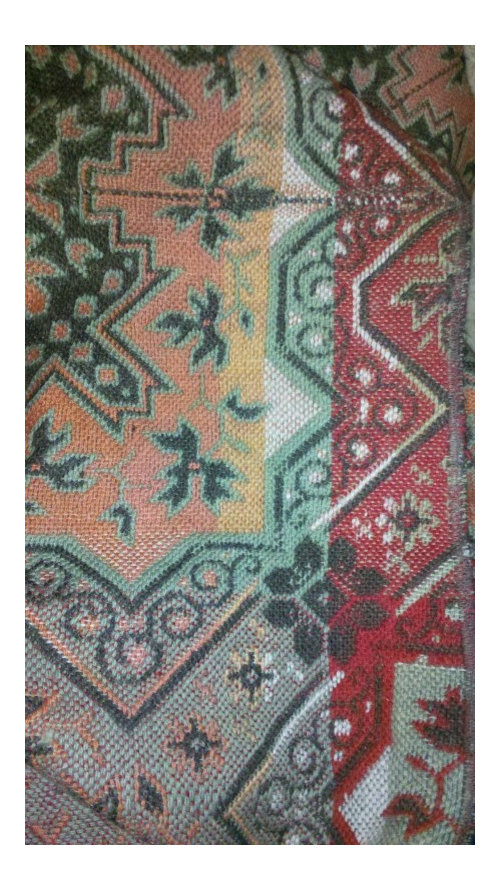
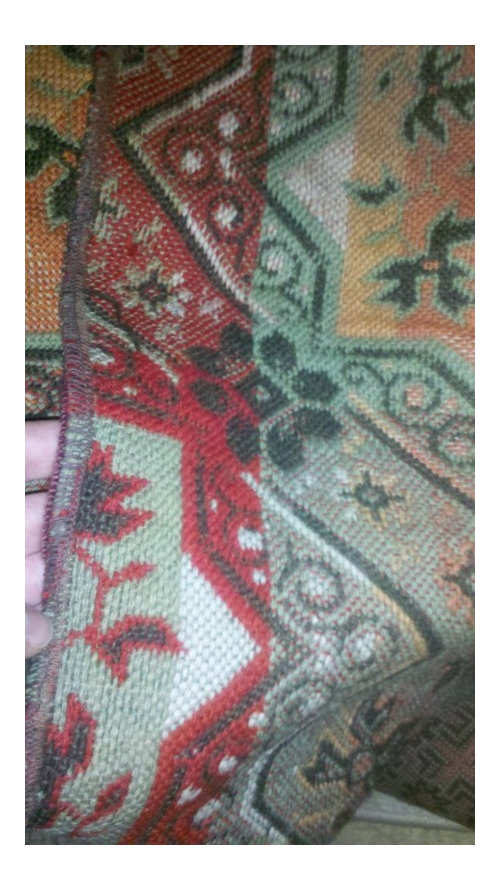
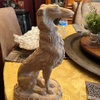




lazy_gardens
lazy_gardens
Related Professionals
Fountainebleau Furniture & Accessories · South Peabody Painters · Apple Valley Painters · Damascus Painters · Denver Painters · East Islip Painters · New Port Richey Painters · Shelton Painters · Silver Spring Painters · Sterling Painters · Bowie Professional Organizers · Columbus Professional Organizers · Hialeah Professional Organizers · Millington Professional Organizers · Roselle Professional Organizerssombreuil_mongrel
lazy_gardens
jlc102482Original Author
lazy_gardens
jlc102482Original Author
lazy_gardens